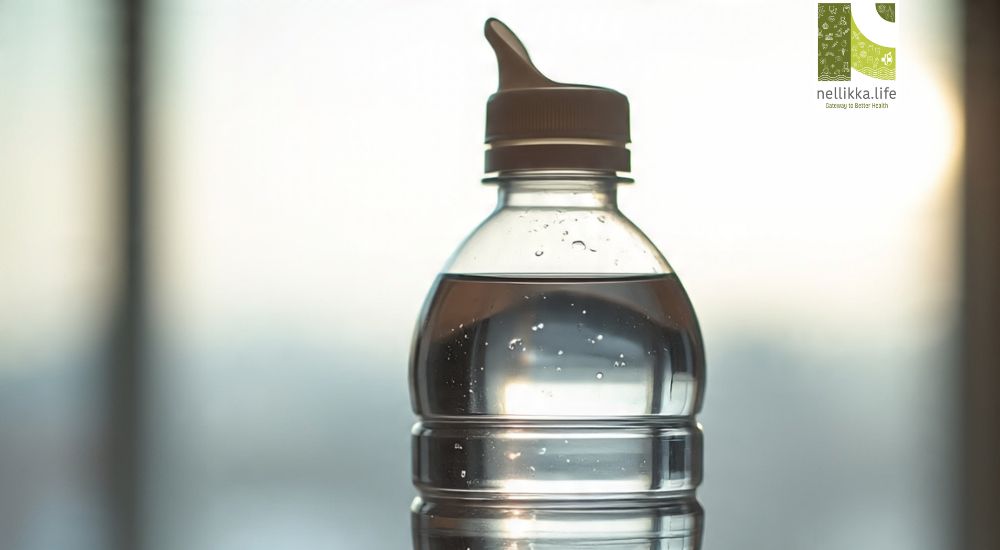What’s in Your Child’s Bottle?Infections & Precautions Every Parent Should Know

Water bottles are a school essential—but did you know they can also be a hidden source of infections?
As children head off to school every day, carrying a water bottle is second nature. But this daily habit, if not properly maintained, can turn into a health risk. From bacterial buildup to mold, water bottles can harbor germs that may lead to throat infections, stomach upsets, and even skin allergies.
In this blog, we dive into the possible infections linked to water bottle hygiene and share simple yet effective precautions every parent must follow.
Common Infections Caused by Unclean Water Bottles
1. Stomach Infections
Bacteria like E. coli or Salmonella can thrive in unwashed bottles, especially if water is stored for long periods or if hands are unclean while handling the cap. These can lead to:
- Vomiting
- Diarrhea
- Abdominal cramps
2. Throat and Respiratory Infections
Reusable bottles with narrow mouths or straws often trap moisture and become breeding grounds for Streptococcus or Staphylococcus, which can cause:
- Sore throat
- Cough and cold
- Tonsillitis
3. Skin Allergies and Rashes
If bottles leak or are shared among children, the external contamination can cause:
- Contact dermatitis
- Skin irritation or fungal infections (especially around the mouth and chin)
4. Fungal Growth
Mold and mildew can form inside bottle caps, rubber rings, and straws if not dried properly. These may not always be visible but can cause low immunity over time.
Safe Water Bottle Practices: What Parents Can Do
1. Clean Daily – Inside & Out
Wash the bottle every day with warm water and mild soap. Use a bottle brush to reach the bottom and inside the cap. Avoid just rinsing it with plain water.
2. Avoid Sugary or Flavored Liquids
Stick to plain water. Sugary drinks leave behind residues that promote bacterial growth, especially if the bottle is not washed immediately.
3. Dry Completely
After washing, let the bottle air dry completely with the cap off. Closed, damp bottles are a perfect home for bacteria and mold.
4. Use BPA-Free, Easy-to-Clean Bottles
Choose bottles that are BPA-free, have wide mouths, and fewer detachable parts. Avoid those with rubber seals or built-in straws unless they can be cleaned thoroughly.
BPA-free means that a product does not contain Bisphenol A (BPA)—a chemical commonly used in the manufacturing of plastics and resins, especially in items like:
- Water bottles
- Food storage containers
- Baby bottles
- Canned food linings
What is BPA?[1]
BPA (Bisphenol A)[2] is an industrial chemical used to harden plastics. It can leach into food and beverages, especially when containers are heated or exposed to sunlight.
Why is BPA a concern?
Scientific studies have linked BPA exposure to a range of potential health issues, especially in infants and children:
- Hormonal disruption (it mimics estrogen)
- Increased risk of certain cancers
- Behavioural problems in children
- Heart and metabolic disorders
- Early puberty and reproductive issues
What does “BPA-Free” mean?
A BPA-free product is made using alternative materials that do not contain Bisphenol A, making them safer for food and drink use, especially for children and infants.
Look for BPA-free labels when choosing:
Microwaveable food containers
Reusable water bottles (especially for school children)
Baby feeding bottles
5. Don’t Share Bottles
Teach children not to share their water bottles with friends, even during sports or lunch breaks.
6. Weekly Deep Clean
Soak bottles once a week in a mixture of baking soda, vinegar, and warm water to disinfect naturally.
What Paediatricians Say
Dr. Shalini Menon, a paediatrician based in Kochi, notes:
“We often overlook hygiene habits like water bottles, but these can cause recurring throat infections and fevers in children, especially in the monsoon season.”
Bonus Tip: Label It!
Make sure your child’s bottle is clearly labeled with their name to avoid mix-ups at school—a common cause of cross-contamination.
Final Thoughts
Your child’s water bottle might look clean—but unseen germs could be hiding inside. With simple daily habits and conscious choices, you can ensure that their bottle remains a safe source of hydration and not an invitation for infection.
Clean bottle. Healthy child. Peace of mind for you.
References :
1. Bacterial Water Quality in Personal Water Bottles
2. Daily-Use Water Bottles Harbor Microbes
3.Water, Sanitation and Hygiene in Schools in Low- and Middle-Income Countries




